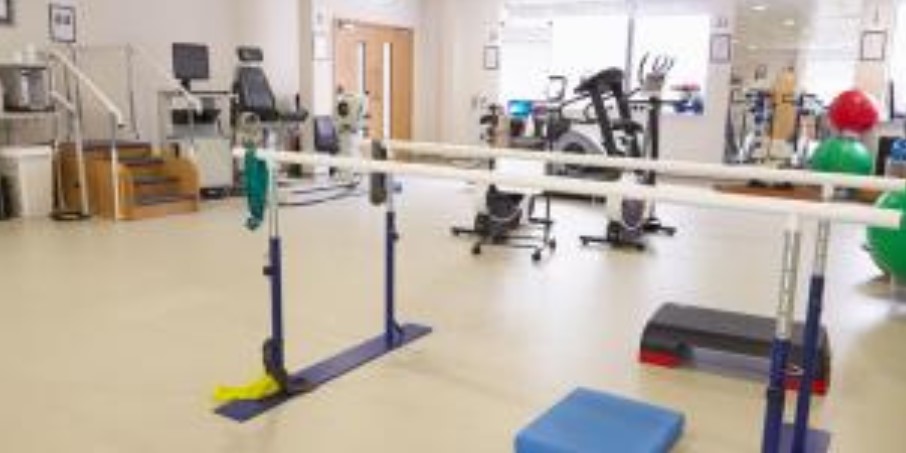
Pilot Study Explores Educational Needs of HTC Physical Therapists
Though it is generally recognized in the bleeding disorders community that physical therapists (PTs) are essential members of the core interdisciplinary teams of U.S. hemophilia treatment centers (HTCs), understanding of their educational/resource needs is limited. A new survey-driven pilot study published in the journal Haemophilia therefore investigated how current educational resources resonate with PTs and how new training opportunities based on a peer-to-peer model might be received.
The electronic survey was open for submissions from PTs registered with the Centers for Disease Control and Prevention (CDC) HTC Directory from January 10-March 1, 2022. It gleaned valuable information including demographics, educational background, hands-on experience in both the evaluation and treatment of persons with inherited blood disorders.
In addition, a significant portion of the survey focused on concordance with MASAC document #238 which was developed by the Physical Therapy Working Group of the National Hemophilia Foundation (now the National Bleeding Disorders Foundation) and issued in 2015. It encompassed a series of standardized guidelines by physical therapy services for the inpatient or outpatient management of individuals with bleeding disorders – these broadly include cryotherapy, iliopsoas bleeds, joint bleeds, muscle bleeds, surgical synovectomy, and total knee replacement. Concordance was defined as “agreement” between a PT participant and any of the specific recommendations outlined in the document.
Ultimately, 44 surveys were returned, and of those 28 were fully completed. The average years of clinical practice were 22.8. The majority (95.5%) participated in their HTCs annual comprehensive exams of PWBDs and treated both adult and pediatric patients. While there was a high-level awareness of MASAC #238 amongst participants, concordance with particular recommendations relevant to signs/symptoms, treatment of muscle/joint bleeding, and pre/post synovectomy and knee replacement treatment varied from 64.3% – 96.2%.
Respondents noted that each patient is unique, therefore recommendations may not be applicable to every patient across the board. “Many PTs based their approaches on their experience, patient immediate needs, and values, leading to variations in the plan of care,” explained the authors.
All respondents agreed that a structured, peer-to-peer mentoring program for PTs would be a welcome opportunity, citing potential benefits such as enhanced collaboration, learning efficiency, increased competence, overall improvements in the quality of care. The most commonly reported challenges anticipated by participants were related to funding and limitations associated with travel, staffing, scheduling, adequate work space, and insurance/reimbursement.
Note that MASAC #275, which was published in May 2023, replaces previous recommendations outlined in this study. In addition to being the most recent set of recommendations, it is also the most comprehensive as it includes physical therapy for women and girls with bleeding disorders and for people with rare/ultra rare bleeding disorders. It further covers physical therapy care for bleeding disorders across the lifespan, healthy lifestyle practices, bone health, and work/career considerations. The authors also indicated that future PT concordance research would be worth pursuing in light of these expanded recommendations.
Citation
Volland L, Nichols C, Santaella ME, Lambing A, Nammacher K, Frick N. A pilot study of US HTC physical therapists’ concordance of PT MASAC recommendations and educational needs. Haemophilia. 2023 Dec 3. doi: 10.1111/hae.14900. Epub ahead of print. PMID: 38044083.
Source: National Bleeding Disorders Foundation